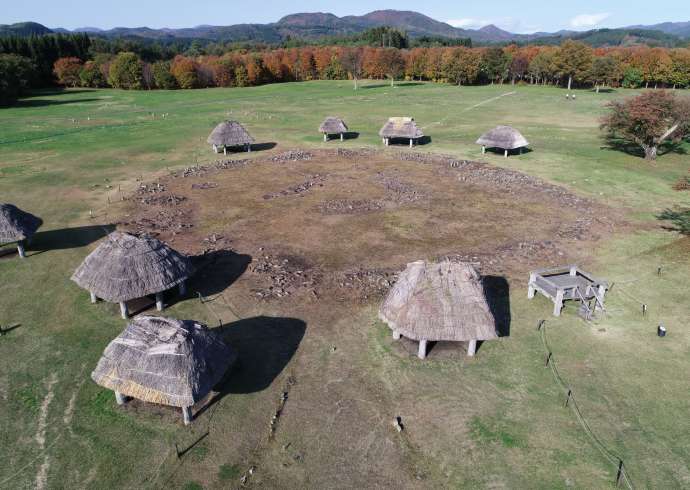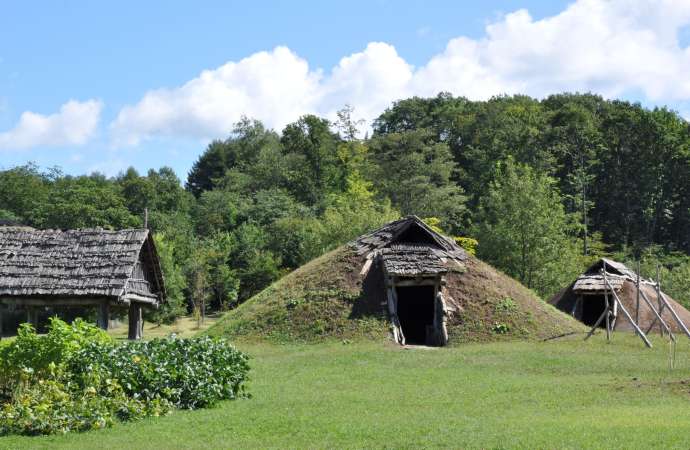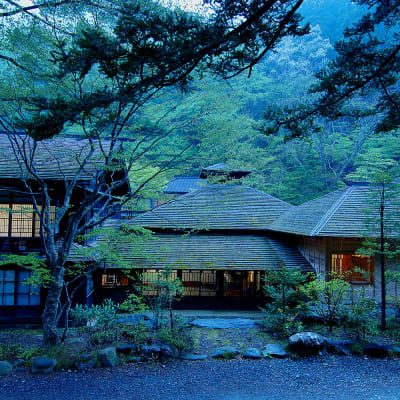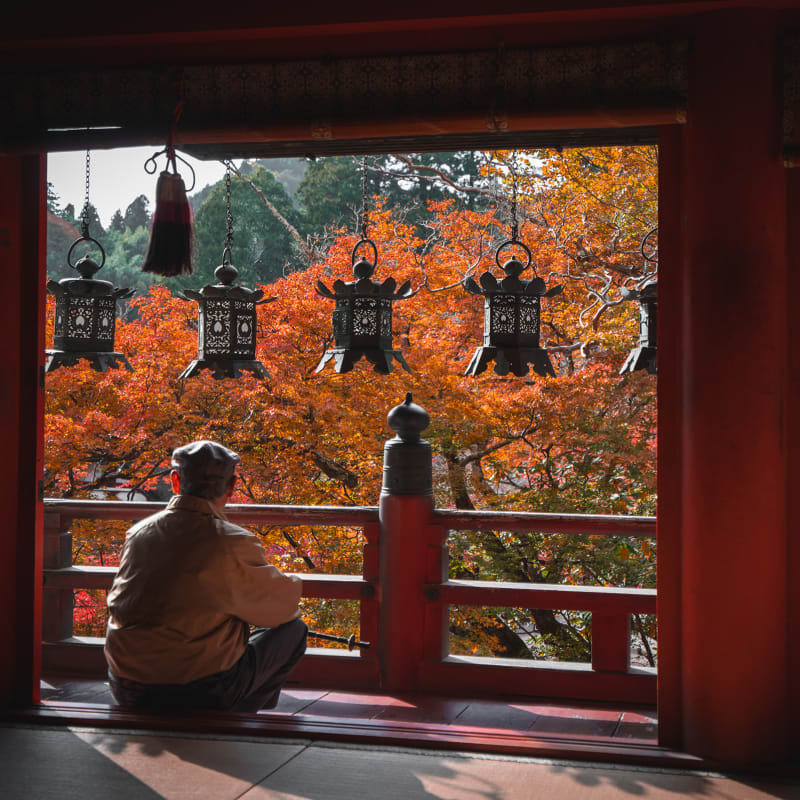-
- 简体中文
- 繁體中文(香港)
- 繁體中文(臺灣)
- India (English)
- Bahasa Indonesia
- 한국어
- ภาษาไทย
- Tiếng Việt
- Singapore (English)
- Philippines (English)
- Malaysia (English)
- Australia/New Zealand (English)
- Français
- Deutsch
- Italiano
- Español
- United Kingdom (English)
- Nordic countries(English)
- Canada (English)
- Canada (Français)
- United States (English)
- Mexico (español)
- Português
- العربية
- Japan(日本語)
- Global (English)
Use the
Planning a Trip to Japan?
Share your travel photos with us by hashtagging your images with #visitjapanjp
Jomon Archaeological Sites in Tohoku
HOME > Japan’s Local Treasures > Jomon Archaeological Sites in Tohoku
Glimpse the history of this Neolithic culture at these newly listed World Heritage sites
Tohoku Tourism Promotion Organization

The majority of the 17 Jomon archaeological sites, which were added to the UNESCO list of World Heritage Sites in 2021, are located in Tohoku, the northern section of Japan’s main island of Honshu. The Sannai Maruyama Site in Aomori Prefecture and the other sites in the group are evidence of the culture of the Jomon people that flourished and developed in the Japanese archipelago for nearly 10,000 years during the Neolithic age.
The Jomon lived in permanent settlements and hunted, fished, and gathered food from their immediate environment. They coexisted with nature as it thrived in the humid temperature climate of the Holocene epoch. By comparison, Neolithic cultures in other parts of the world were based on agriculture and animal husbandry and did not have permanent settlements.
The Sannai Maruyama Site, which revealed a large settlement from the early and middle Jomon period (approximately between 3,900 BCE and 2,200 BCE), is particularly interesting and accessible as it is within Aomori City. Visitors can view reconstructed buildings from the Jomon village and the Sanmaru Museum, which exhibits almost 1,700 artifacts discovered at the site, with explanations in English.
The other Jomon archaeological sites in Tohoku with signs and explanations available in English are: the Goshono Jomon Site in Ichinohe, Iwate Prefecture, where the ruins of soil-covered dwellings were first discovered; and the Oyu Stone Circles in Kazuno, Akita Prefecture, one of Japan's largest stone circles.

How to get there
From Tokyo Station, take the Tohoku Shinkansen to Shin-Aomori Station (about 3 hours 10 minutes). The Sannai Maruyama Site is 10 minutes by car from Shin-Aomori Station.
305 Maruyama, Sannai, Aomori-shi, Aomori-ken
Links
More Information
Tohoku Region | JNTO Official Website
Aomori Prefecture | JNTO Official Website
- Home
- Japan’s Local Treasures
- Jomon Archaeological Sites in Tohoku
























































